Since our 10-day package didn’t include Hebron and West Bank due to our arrival date on a Tuesday, we purchased additional ala carte day trips with Abraham Tours. Not only did we maximize our time there, there had been happenings in the itinerary that we didn’t pay for. I’ll tell you some in a bit.


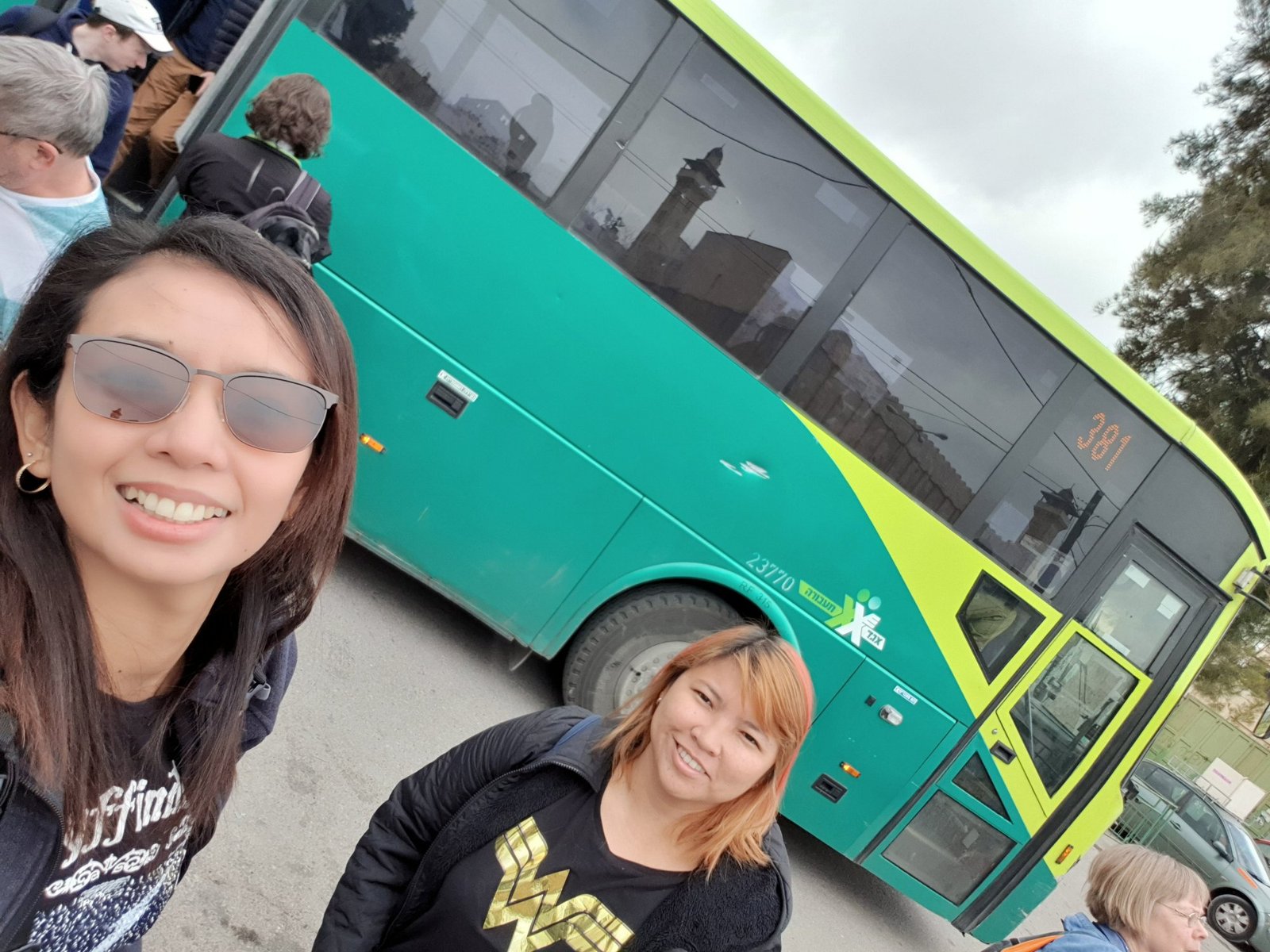
So we started our day gathering at the hostel lobby. This trip involved taking a tram to the bus terminal and then riding a bulletproof bus on the way to Hebron, a Palestinian city in the southern part of Israel. Why did it have to be a special bus? Because the area is resided by both Israelis and Palestinians who are not 100% in good terms.
In fact, on the way there, we experienced being thrown stone at our side of the bus. Also, the day before our trip, a Palestinian who was trying to stab an Israeli soldier was shot. That and many other interesting stories were shared to us by our tour guide. Exciting right?!
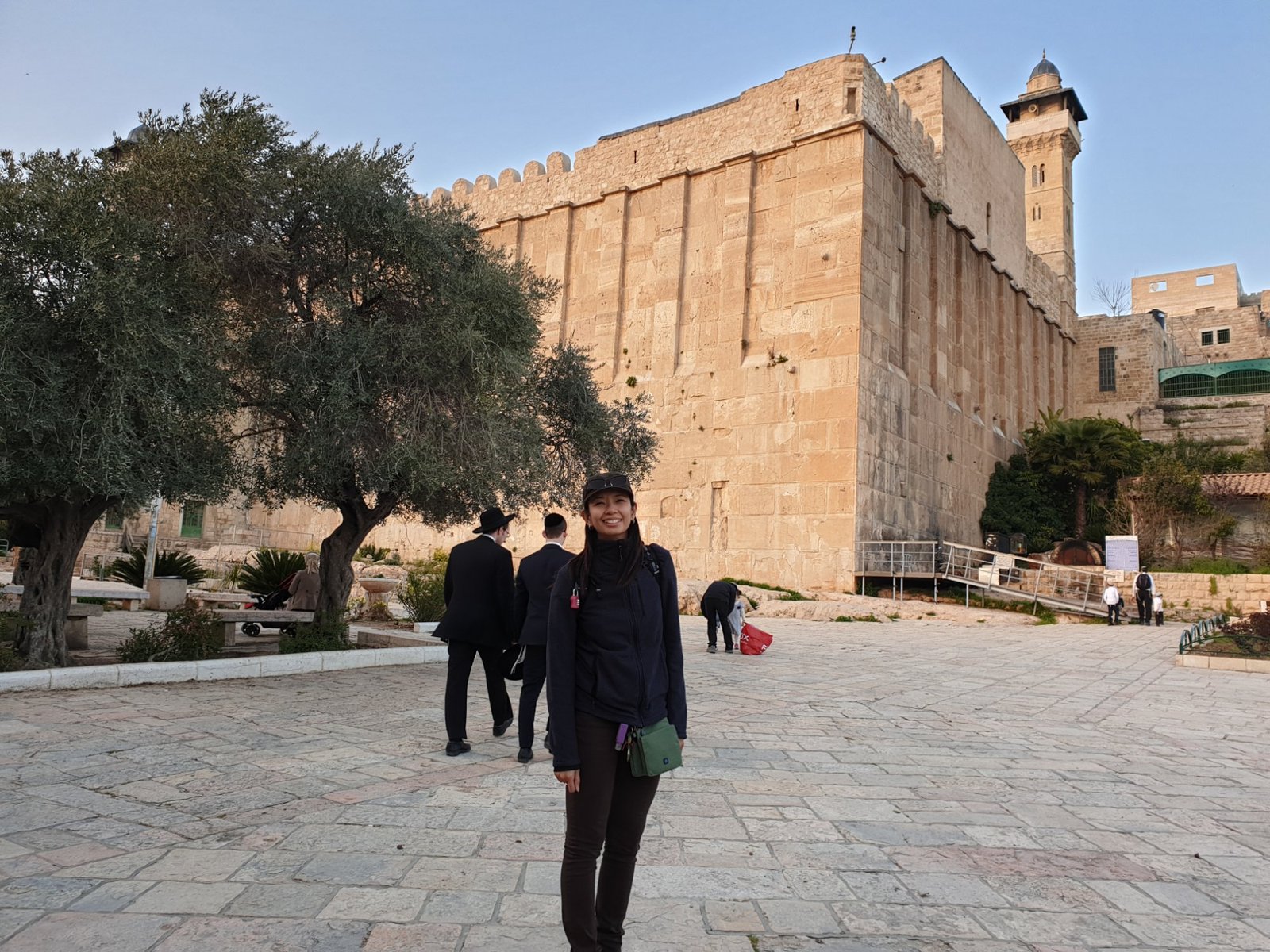
HEBRON IN THE BIBLE
So what’s so special about Hebron that makes it worth the trouble traveling to? Its name was derived from the Hebrew word, haver, which meant friend. Abraham, termed a “friend of God”, purchased the cave of Machpelah (also called the Cave of the Patriarchs) as a traditional burial place. This is where Abraham and Sarah, Isaac and Rebecca, Jacob and Leah were buried. Also, King David ruled the Hebrews from Hebron for seven years before moving to Jerusalem. This was the place where Absalom revolted against his father.



OTHER RELIGIOUS JEWISH SITES
Other sites we’ve seen were: Abraham’s Springs where young men perform the cleansing bath ‘Bar Mitzvah’, Jesse’s tomb (David’s father), Jewish cemetery, a synagogue with an actual Torah, a bunch of sheep and olive trees, and a happily singing Orthodox Jew. In addition to these were the spots where some Jews were assassinated from the other side of the border.





On the Jewish side of Hebron, we entered the house of a local Jewish resident who moved to Hebron when he was 17 years old. Now in his 80s, he said he’s already used to the hearing of gunshots and sirens. He’s a firm believer of God and the Bible and from there he finds peace even in the midst of chaos. He volunteered as a medic so he’s informed of any emergencies that needed urgent medical assistance.
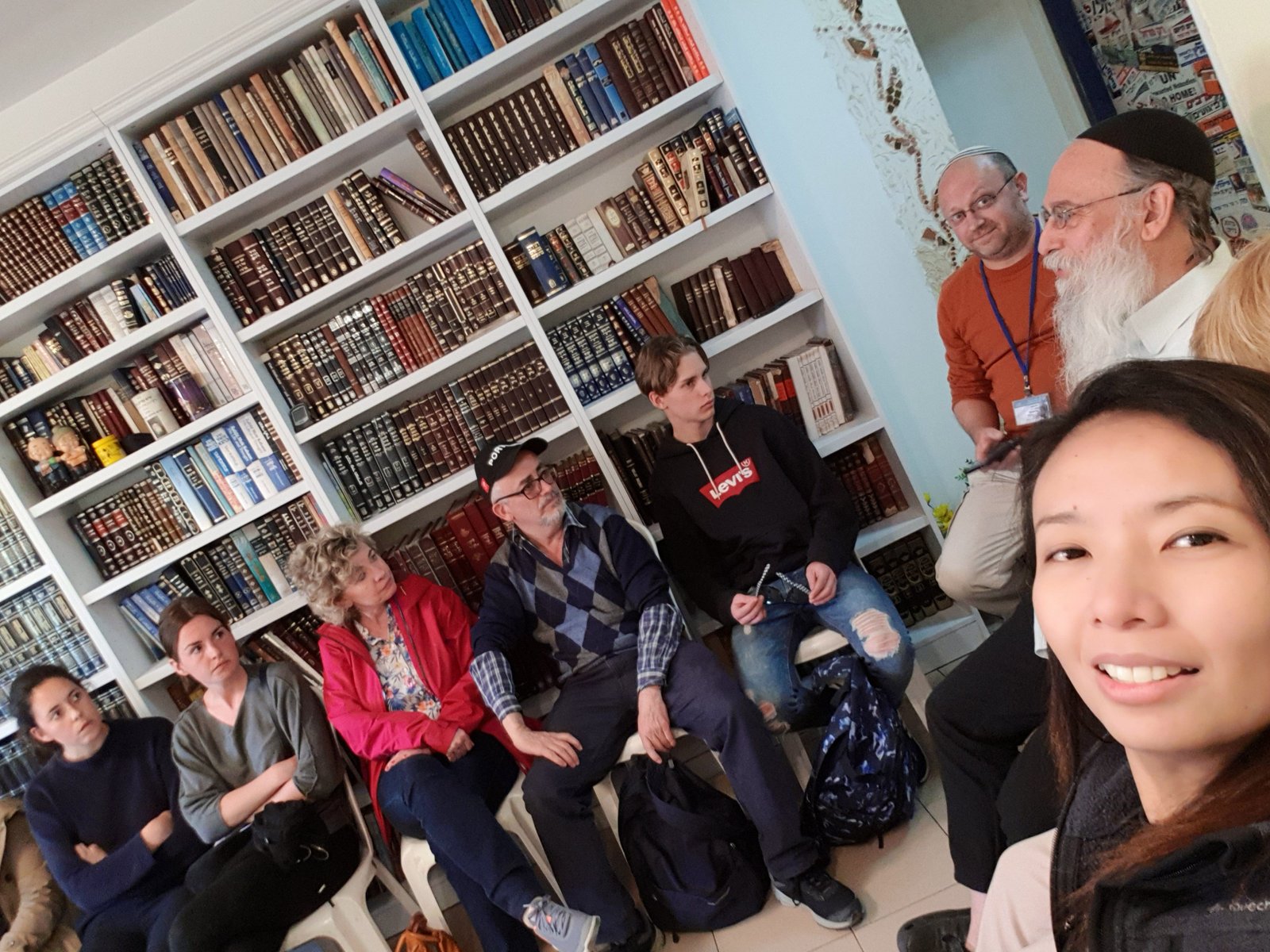






PALESTINIAN SIDE
Interestingly, the Cave of the Patriarchs is also called Mosque of Ibrahim (Abraham) as recognized by the Muslims in the area. Being neither Muslim nor Jewish, we were able to visit both sides of the building. It was like going into two different worlds in the same planet.





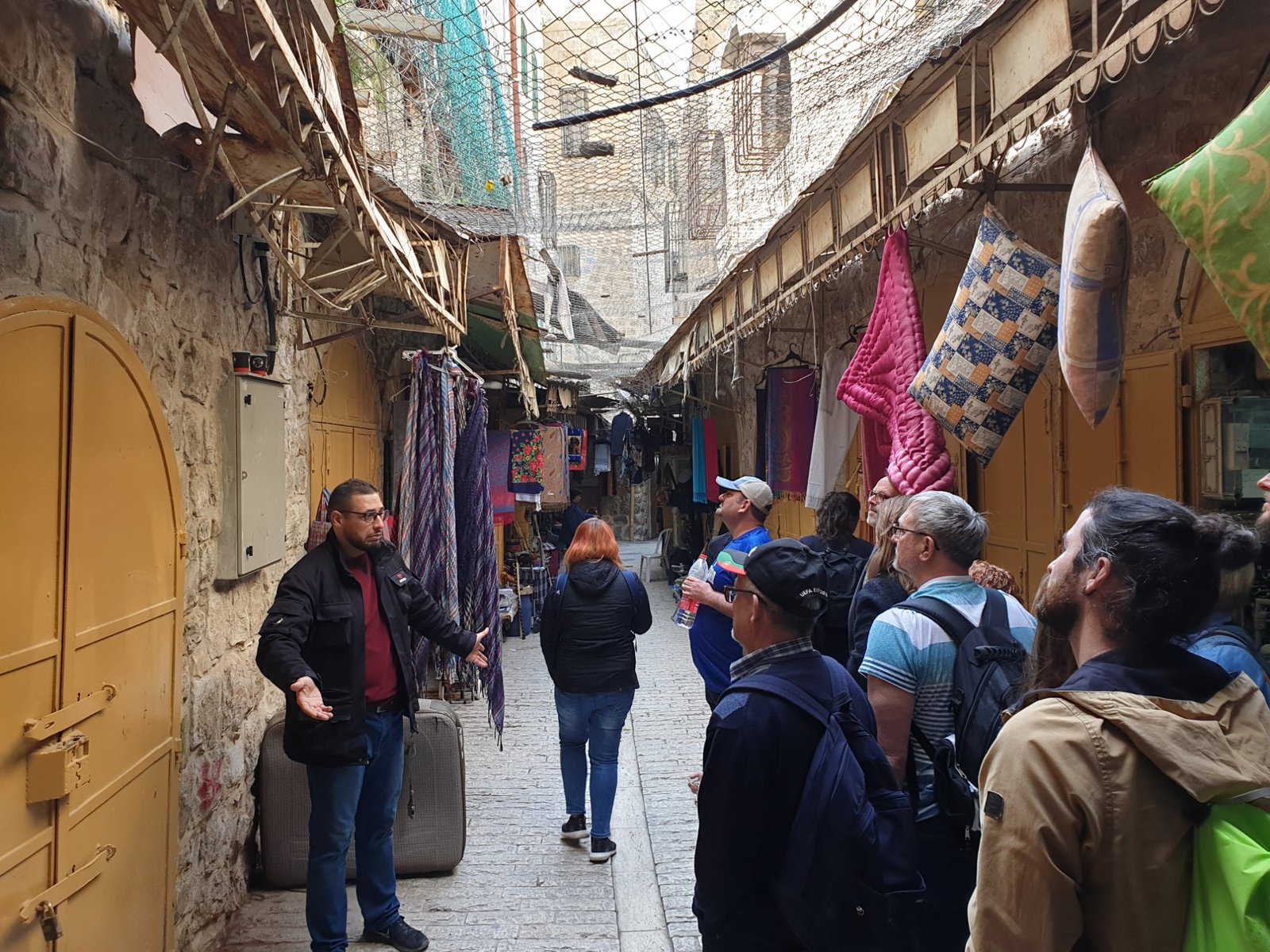

This day trip is an interesting experience where we hear two tour guides (an Israeli and Palestinian) talking about the same events and location from different perspectives. Our Palestinian guide led us through the gates that lead to H1 – ruled by Palestinian authorities.



It was a gloomy sight as many shops were closed. We were trailed by kids selling keychains and bags. Some locals were interviewed and they shared their side of the story pertaining to the massacre, curfew, shutting down of shops and banning of passage in the streets where they used to freely walk or do business in.
On the brighter side, we walked through their busy market and stood in their plazas. The lunch they served us was unforgettable. It’s the best roasted chicken I ever had. They said it’s slowly cooked in a special kind of oven with charcoal.


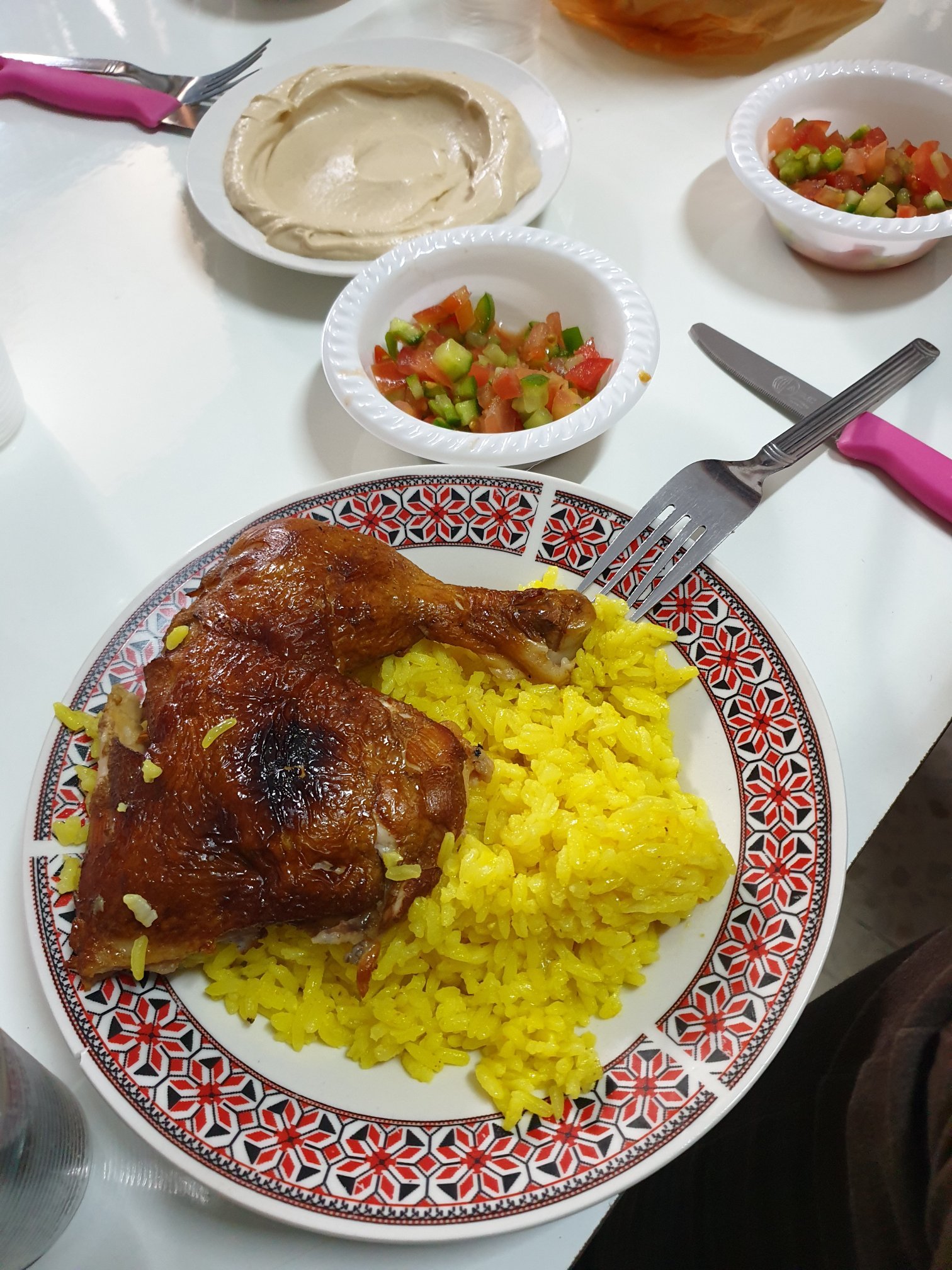
Late afternoon and back in the Jewish side atop a hill, we witnessed a group of Israeli soldiers going into H1 and in shooting posture. Whenever there is a riot or some unusual commotion on the Palestinian corner, they are granted access as part of the peace treaty. A few gunshots were fired while we were taking videos of the action.



Some trivia: The topmost floors of buildings in H1 side are empty and abandoned. The moment a Palestinian is found there, Israeli soldiers can shoot them from H2 side. Strange right?
Anyway, back at our bulletproof bus, Itried to digest everything we saw. I was reminded of the happenings that took place as accounted in the Bible. Even in the earlier times, such hostility came as a result of fights over territories, over people’s rights and supremacy, pride and unresolved bitterness towards another.
I think if we weren’t Bible school students we would have been confused easily by the different views. I wonder how our tourmates took it. Thankfully, through this, we managed to strike meaningful conversations with aunt Judy, a Filipino American with Jewish ancestry who came alone on annual pilgrimage here. More about her in the next post.




